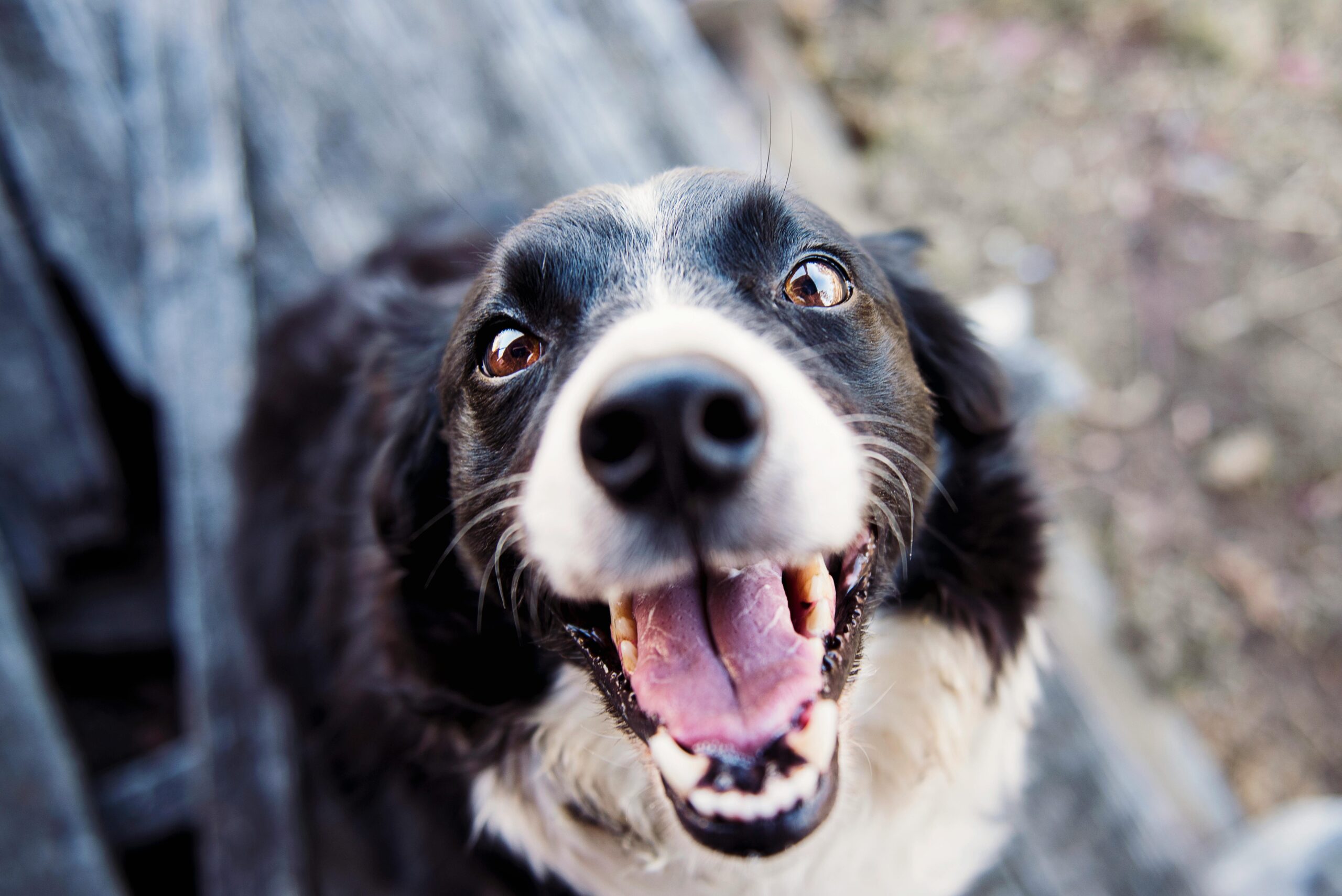How to Train a Puppy to Stop Biting Fast
Bringing a new puppy home is one of life’s sweetest joys—those floppy ears, that wiggly tail, and those big, curious eyes. But then, ouch! Those razor-sharp puppy teeth sink into your hand, and suddenly, your little fluffball feels more like a tiny piranha. If you’re wondering **how to train a puppy to stop biting fast**, you’re not alone. Puppy biting is a normal phase, but it’s one you’ll want to nip in the bud—pun intended—before it turns into a bigger problem. I’ve been there, bleary-eyed and bandaged, trying to figure out why my adorable pup thought my fingers were chew toys. With a little patience and some tried-and-true techniques, you can teach your puppy to keep those chompers to themselves in no time. Let’s dive into the why, the how, and the what to do right now of puppy bite training.
First things first: puppies bite because it’s how they explore the world. Those little teeth are their version of hands—they use them to play, to learn, and sometimes to soothe teething pain. My pup, Luna, was a champion biter at eight weeks old, and I quickly learned that yelling “No!” didn’t do much except make her think I was barking back. The key to **how to train a puppy to stop biting fast** is understanding that this behavior isn’t spiteful—it’s instinctual. Your job is to redirect that instinct into something positive and trust me, it’s easier than it sounds once you’ve got the right tools in your toolbox.
Step 1: Yelp Like a Puppy
One of the simplest tricks I stumbled across—and it worked like magic—was mimicking a puppy yelp. In a litter, when one pup bites another too hard, the bitten pup lets out a high-pitched “yip!” and play stops. You can do the same. The next time your puppy clamps down on your hand, let out a sharp “Ow!” or “Yip!” in a high-pitched tone. Then, pull your hand away and turn your back for a few seconds. It’s not about scaring them—it’s about teaching them that biting ends the fun. Luna caught on after a few days of this, and I swear I could see the light bulb go off in her little head. Pair this with a chew toy redirect, and you’re golden. For more on puppy communication, check out this awesome guide on dog body language.
Step 2: Redirect to Toys
Puppies need to chew—it’s non-negotiable. Teething is uncomfortable, and their mouths are itching for action. So, instead of letting your hand be the target, always have a toy ready. I kept a stash of rope toys and rubber bones scattered around the house like landmines. When Luna went for my ankle, I’d yelp, then shove a toy in her face with an enthusiastic “Here, chew this!” Over time, she learned that toys were way more fun than my socks. Pro tip: invest in some durable chew toys like the KONG Puppy Toy they’re tough enough to survive those needle teeth and can even be stuffed with treats to keep your pup occupied.
Step 3: Time-Outs Work Wonders
If yelping and redirecting don’t cut it, it’s time for a mini time-out. Puppies are social creatures, and they hate being left out of the party. When Luna got too rowdy and wouldn’t quit biting, I’d calmly say “Too bad” and step out of the room for 30 seconds. No drama, no fuss—just a quick break. When I came back, she’d usually be sitting there, tail wagging, ready to try again. The trick here is consistency. Don’t overuse it, or it loses its punch, but a well-timed pause can reset the chaos. For more behavior tips, a dog trainer I follow has some great insights.
Step 4: Reward the Good Stuff
Puppies thrive on praise, treats, and belly rubs—use that to your advantage. Every time your pup chooses to lick instead of bite, or grab a toy instead of your sleeve, shower them with love. I’d tell Luna “Good girl!” in my most excited voice and toss her a tiny treat. Positive reinforcement builds habits faster than you’d think. If you’re looking for great ideas, Zuke’s Mini Naturals are small, low-calorie, and perfect for training. The goal is to make not biting the most rewarding choice they can make.
Why Speed Matters
Now, you might be wondering why I keep hammering on **how to train a puppy to stop biting fast**. Here’s the deal: the longer you let biting slide, the harder it is to break the habit. A four-month-old pup nipping at your heels is cute—until they’re a 50-pound dog with a stronger jaw. I learned this the hard way when Luna’s playful bites started leaving marks. Starting early and sticking with it means you’re setting your pup up for a lifetime of good manners. Plus, it saves your furniture, your sanity, and maybe even your favorite pair of sneakers.
Common Mistakes to Avoid
I’ll be real—I messed up a few times along the way. One big no-no is using your hands to play rough. Wrestling with your pup might seem fun, but it tells them your hands are fair game. Another trap is punishing too harshly—yelling or tapping their nose might scare them, but it won’t teach them what to do instead. Stick to the gentle, consistent approach, and you’ll see results. If you’re curious about other training pitfalls breaks it down beautifully.
Adding Tools to Your Arsenal
Sometimes, you need a little extra help. Bitter apple spray was my secret weapon—spritz it on your hands or furniture, and most pups will steer clear after one taste. Luna wrinkled her nose and backed off fast. You can grab some Grannick’s Bitter Apple online or at pet stores. Another game-changer? Training classes. A local trainer helped me fine-tune Luna’s manners, and the socialization was a bonus. Look up puppy training classes near you if you want some hands-on support.
Patience Is Your Superpower
Here’s the truth: even with all these tricks, your puppy won’t stop biting overnight. It’s a process, and every pup moves at its own pace. Luna took about two weeks to get it, but some days felt like a step backward. Keep at it, stay calm, and remember you’re teaching them a whole new way to interact with the world. You’ve got this—and soon, those puppy kisses will outnumber the bites.
How to Train a Puppy to Stop Biting Fast: Wrapping It Up
So, there you have it—a roadmap to **how to train a puppy to stop biting fast**. From yelping like a pro to stocking up on toys, timing out the tantrums, and praising the good moments, these steps worked wonders for me and Luna. Add in some patience, a dash of consistency, and maybe a few treats, and you’ll be on your way to a bite-free life with your pup. Do you have questions or a stubborn biter on your hands? Drop a comment or check out this X thread where other puppy parents share their wins. Here’s to happy training—and fewer teeth marks on your fingers!


No responses yet